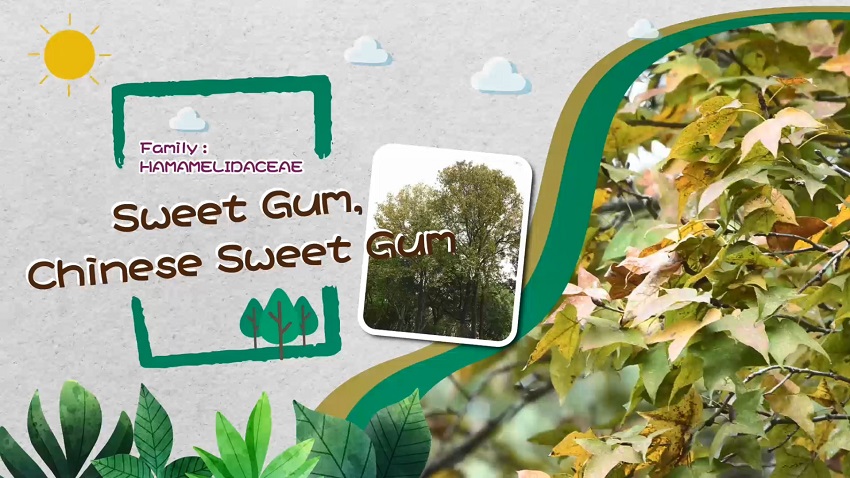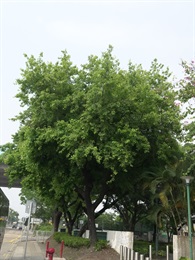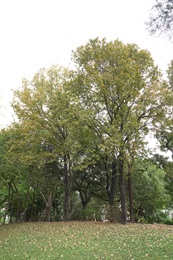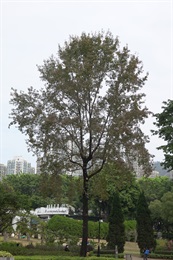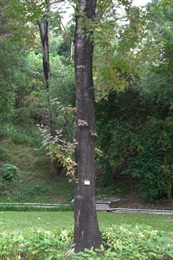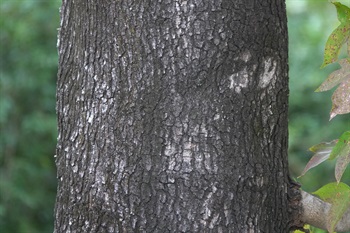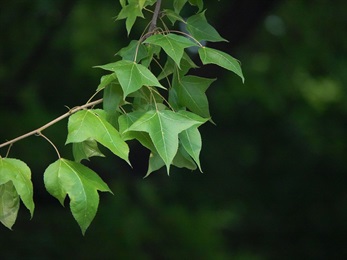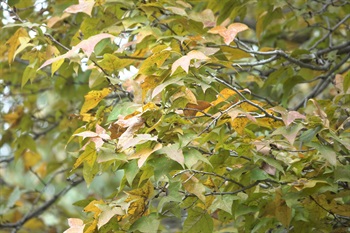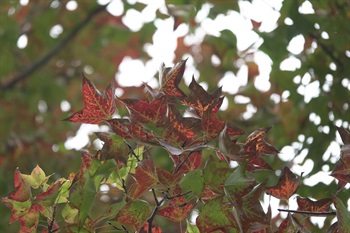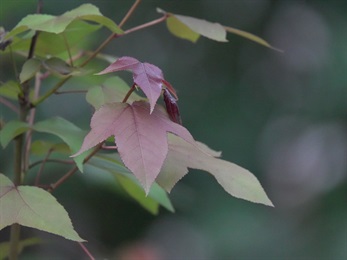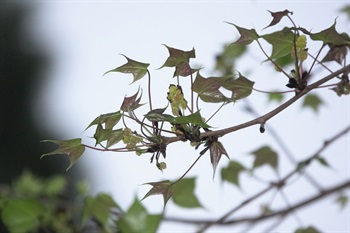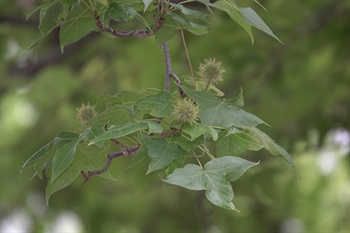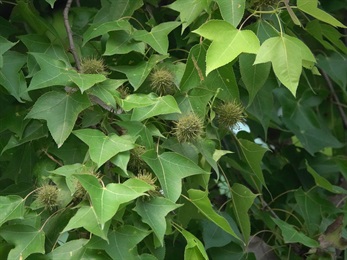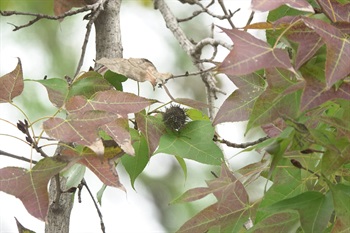| Origins | Central, East, South and West China. Also distributed throughout Laos, Vietnam and South Korea. |
|---|---|
| Applications | The globose infructescence of Sweet Gum is the renowned Traditional Chinese Medicine “Lulutong”. It has a funny appearance, in a size similar to a table tennis and covered with many tiny spines. Once the spines fall off, holes will be exposed on the infructescence. Lulutong can dispel wind, boost blood, promote urination, and free qi channels. The medicine name “LuLutong (Free the Channels)” literally refers to the function of blood boosting and channel freeing. Resin of Sweet Gum can also be applied in Traditional Chinese Medicine, being able to dispel wind and boost blood, relieve toxin and pain, as well as stop bleeding and promote tissue regeneration. The timber of Sweet Gum is relatively hard and can be processed into furniture and wood boxes. This is the Sweet Gum species being cultivated in Tai Tong Sweet Gum Woods of Tai Lam Country Park. When the leaves turn red in Autumn each year, the site attract many visitors to appreciate their beauties. The site is one of the most popular options for excursion in Hong Kong. However, this species is different from the Maple Tree, which is the plant classified under the genus Acer of Aceraceae. Next time when you see Sweet Gum, you can observe and appreciate its palmately 3-lobed leaves and “Lulutong”! |
